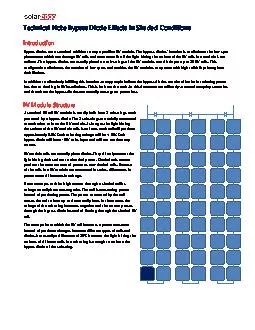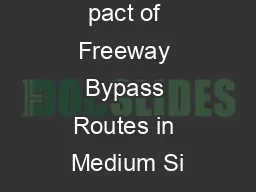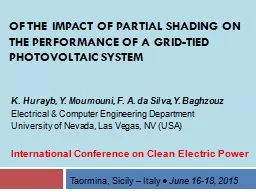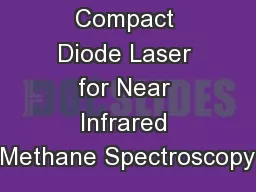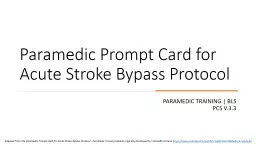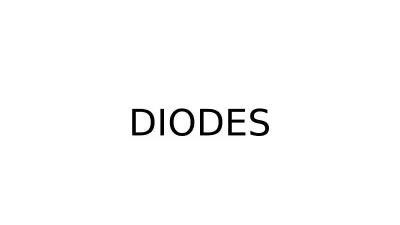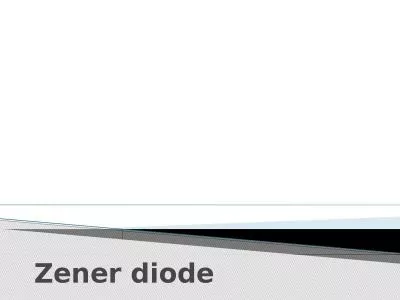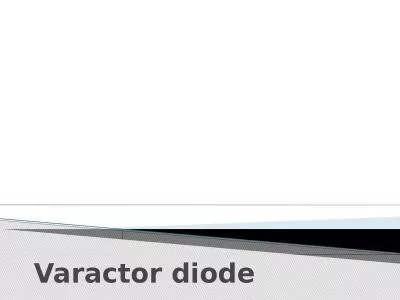PDF-Bypass Diode Effects in Shaded Conditions
Author : jane-oiler | Published Date : 2016-02-25
Technical Note x2013 x2013 82010 Introduction Bypass diodes are a standard addition to any crystalline PV module The bypass diodesx2019 function is to eliminate
Presentation Embed Code
Download Presentation
Download Presentation The PPT/PDF document "Bypass Diode Effects in Shaded Condition..." is the property of its rightful owner. Permission is granted to download and print the materials on this website for personal, non-commercial use only, and to display it on your personal computer provided you do not modify the materials and that you retain all copyright notices contained in the materials. By downloading content from our website, you accept the terms of this agreement.
Bypass Diode Effects in Shaded Conditions: Transcript
Download Rules Of Document
"Bypass Diode Effects in Shaded Conditions"The content belongs to its owner. You may download and print it for personal use, without modification, and keep all copyright notices. By downloading, you agree to these terms.
Related Documents

